University of California San Francisco
Give to UCSFAs Mysterious Coronavirus Spreads, An Infectious Disease Expert Explains What You Should Know
Just weeks since the viral illness was first reported in Wuhan, China, health experts globally are working on containing and treating it.To put the latest news in context, we asked UCSF infectious disease expert Charles Chiu, MD, PhD, about the origins of the Wuhan virus and public health risks going forward.
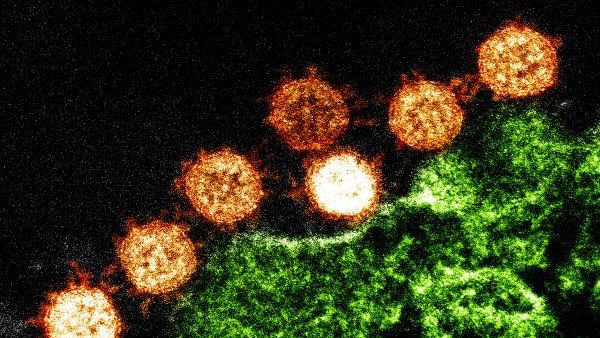
The Case of the Elusive Infection
For 15 years, nobody could figure out what was making a young woman so sick. Then neurologist Michael Wilson, MD, tried a radical new test.
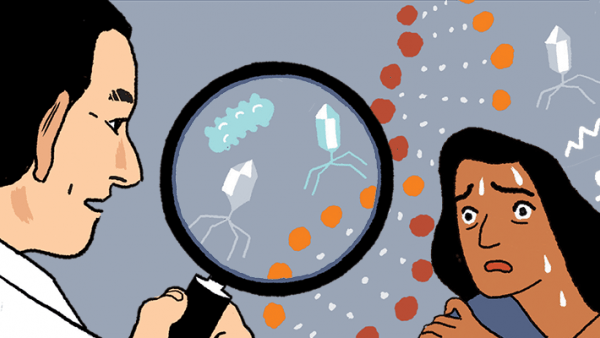
‘Living Fossil’ May Upend Basic Tenet of Evolutionary Theory
UCSF–led research team has discovered the first conclusive evidence that natural selection may also occur at the level of the epigenome and has done so for tens of millions of years.

The Infectious Diseases on the Rise – and on the Way Out
Infections that plagued the world for centuries (malaria, HIV/AIDS) are on the verge of eradication. Others threaten to disrupt human lives and economies more than ever before.
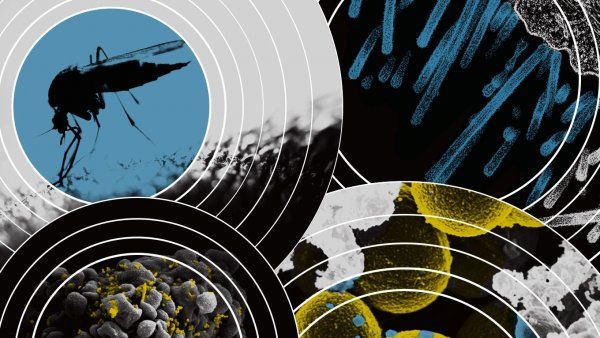
Who Will Benefit From Precision Medicine?
A future in which precision medicine benefits everyone is not guaranteed. For that to happen, UCSF experts argue, the health care industry must first tackle today’s health disparities, including differences in disease outcomes and access to care based on race, gender, and socioeconomic status.
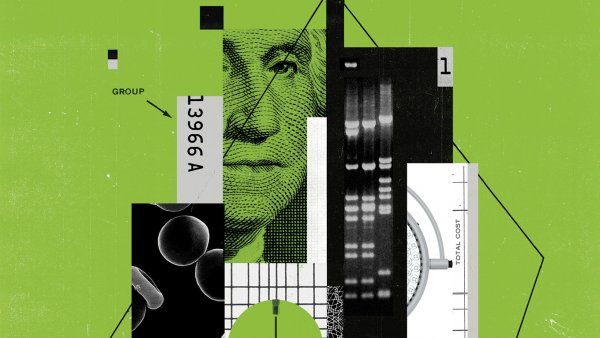
Barring Nonmedical Exemptions Increases Vaccination Rates, Study Finds
The first rigorously controlled study of a 2016 California law that aimed to increase childhood vaccination rates by eliminating nonmedical exemptions has found the law worked as intended.

What Will Health Look Like in 2050?
No one can see the future, but that won’t stop us from trying. We asked UCSF faculty and alumni to score these predictions for likelihood and impact.
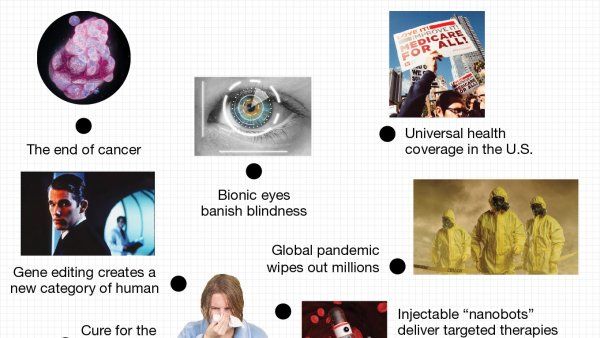
Newborn Immune System Detects Harmful Skin Bacteria
UCSF scientists found that an early-life window of immune tolerance available to a normally harmless bacterial species is firmly closed to another, often pathogenic species — one that is a leading cause of drug-resistant skin infections in the U.S. and occasional source of “flesh-eating” necrosis.
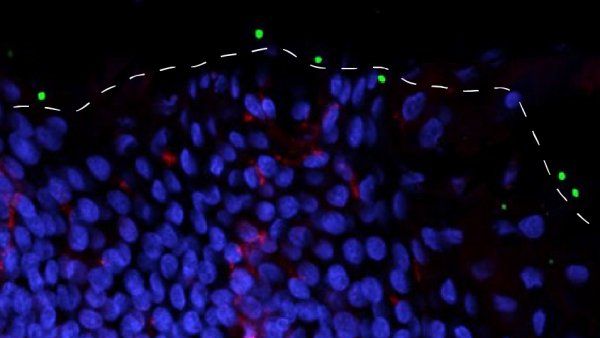
‘Missing’ Virus Detected in Dozens of Children Paralyzed by Polio-Like Illness
Research team has detected the immunological remnants of a common seasonal virus in spinal fluid from dozens of patients diagnosed with acute flaccid myelitis (AFM). The findings provide the clearest evidence to date that AFM is caused by an enterovirus (EV) that invades and impairs the central nervous system.

Valley Fever Is On the Rise – But No One Knows How It Picks Its Victims
In 2017, Valley Fever sent some 14,000 Americans to the doctor’s office, half in California. Most show up with flu-like symptoms and fatigue, but a small number of people develop debilitating infections that spread from the lungs to other parts of the body, including the brain. UCSF researchers are trying to figure how the fungus works and what we can do to stop it.
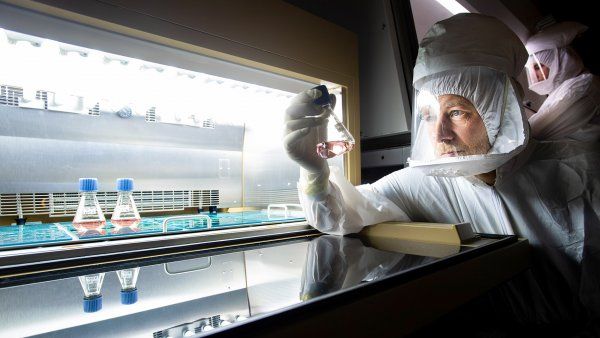
Malaria Could be Eradicated By 2050, Global Health Experts Say
Malaria, one of the world’s leading killers, could be eradicated as early as 2050, according to a new report.
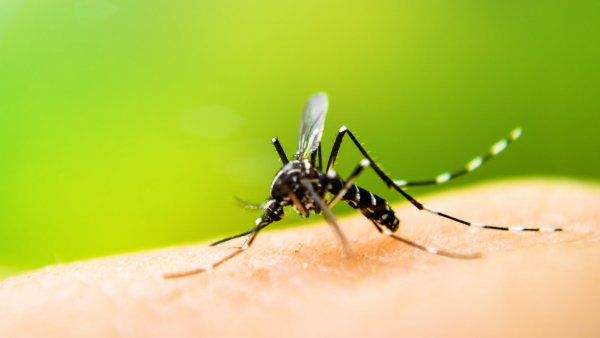
Superfast Gene Sequencing Helps Diagnose Critically Ill Patients
Pioneering test called metagenomic next-generation sequencing shown to identify infections better than any standard clinical method.
